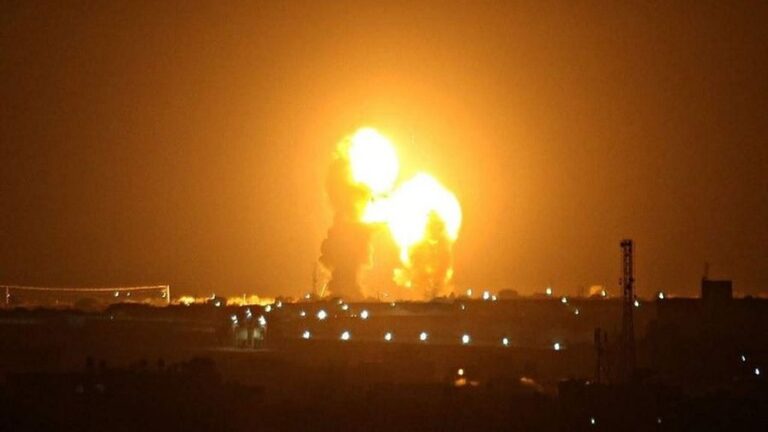Overview of Military Situation in Aleppo City on October 31, 2016
After the initial success based on massive usage of VBIEDs and a lack of support by the Russian Aerospace Forces (President Vladimir Putin declined the general staff’s request to deliver air strikes in Aleppo area), the Jaish al-Fatah militant coalition, led by Jabhat Fatah al-Sham (formerly Jabhat al-Nusra, the Syrian Al-Qaeda branch) stalled in the trench warfare in non-populated urban areas of western Aleppo (as SF forecasted earlier – here and here).
This allowed the Syrian military to deploy reinforcements to the area despite Fatah al-Sham’s attempt to cut off the the Ithriyah-Aleppo Highway which is the only government supply line to Aleppo city. The main part of the deployed reinforcements was members of the elite branch of the Syrian army – Tiger Force. The Tiger Forces’ commander, Major General Suheil Al Hassan, also arrived the city to coordinate military operations against the terrorists.
By October 31 morning, Al Hassan–led forces, supported by the Syrian Air Force:
- have fully secured on the Minyan area and repelled Jaish al-Fatah’s attempts to counter-attack there
- have repelled the militants’ attack on the 3000 Apartment Project;
- have retaken the al-Assad Neighborhood;
- have made a series of counter-attacks in the 1070 Apartment Project. Nonetheless, no notable results have been achieved there.

Scoring up the developments of recent days, it’s easy to conclude that Jabhat Fatah al-Sham and its allies have failed to achieve their tactical goals – to set a foothold for an advance on the Al-Assad Military Academy. The control of the Al-Assad Military Academy, located at a strategic hill, would allow theal-Qaeda led forces to dominate in the area of western Aleppo. However, the militants have failed to do this.

According to pro-government sources, Jaish al-Fatah has lost up to 1,500 fighters since the start of the offensive to break the Aleppo siege. This number is theoretically possible, but can be hardly confirmed by evidences on the ground. More neutral sources say that the militants have lost over 120 fighters, about 20 vehicle-borne improvised explosive devices (VBIEDs) and up to 30 units of military equipment and artillery.
Meanwhile, pro-‘opposition’ sources increased the propaganda campaign, blaiming the Syrian government for usage of a wide range of ‘non-Syrian’ militia groups (Hezbollah and others) during the battle for Aleppo. However, they forgot to mention that a significant part of ‘opposition’ fighters is foreign mercenaries.
Recently, media activists collected reports of the pro-Western and pro-‘opposition’ monitor, the Syrian Observatory For Human Rights, describing the numbers of victims in clashes between September 19, 2016 and October 19, 2016.

So, even according to the pro-western monitor says, 57% of the “rebel” victims were foreigners. In turn, only 7% fighters of the Assad government were foreigners.

The same situation was observed in Libya when Western-backed terrorits were overthrowing the Gaddafi government. Thus, it’s pretty clear that the West’s states implement a mechanizm of involving foreign terrorists and mercenearies every time when they need to support a ‘democratic rebellion’ somewhere.
The Russian Tu-214R electronic surveillance aircraft was also observed in western Aleppo. This indicates that the Russian military continues to provide support to the Syrian government forces even while the Russian Aerospace Forces don’t deliver air strikes on militant targets.
The government forces were clashing with Jaish al-Fatah militants in the 1070 Housing Project on October 30
https://www.youtube.com/watch?v=-qBZlkUDizc
The army and its allies were advancing on Jaish al-Fatah in the al-Assad Neighborhood on October 30.
https://www.youtube.com/watch?v=zwU1JSNHxac
Source: South Front







